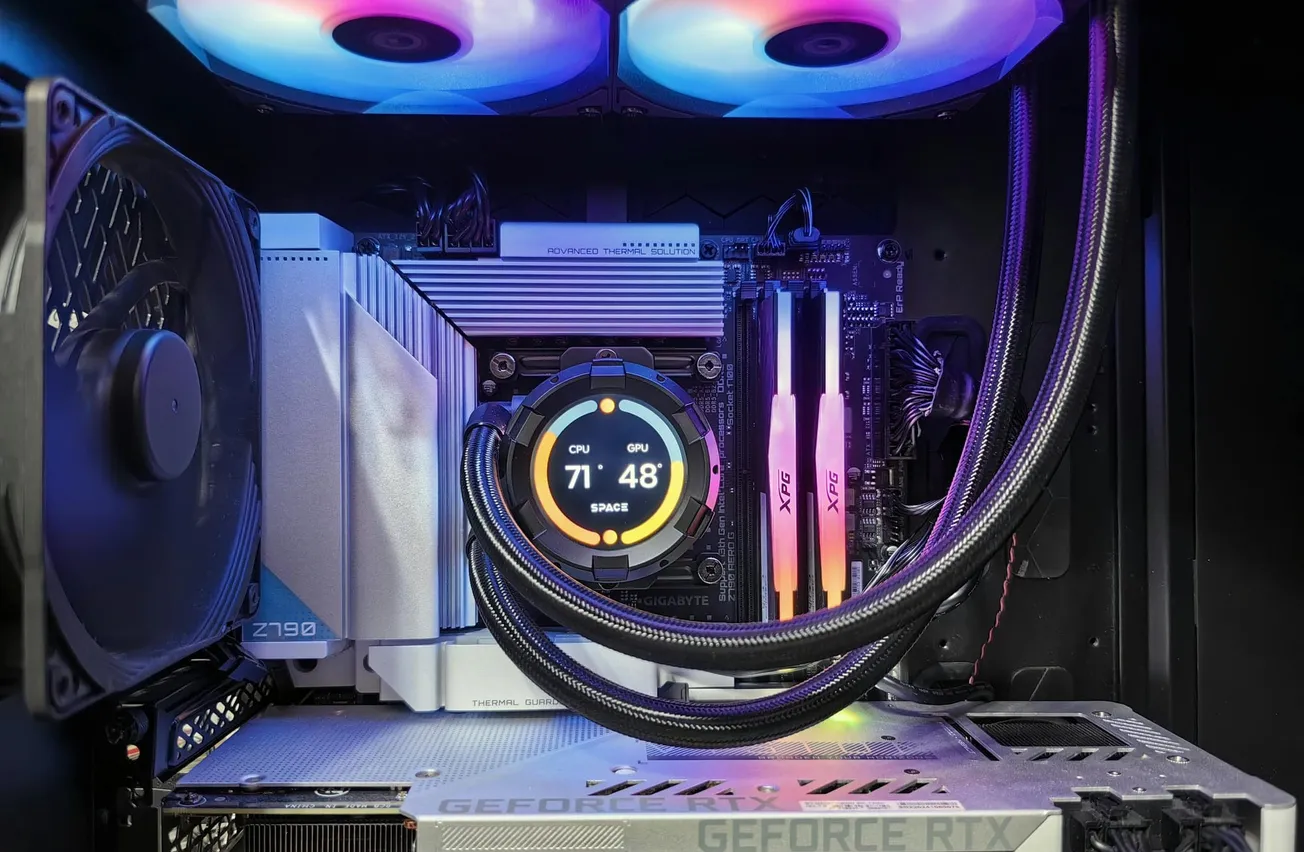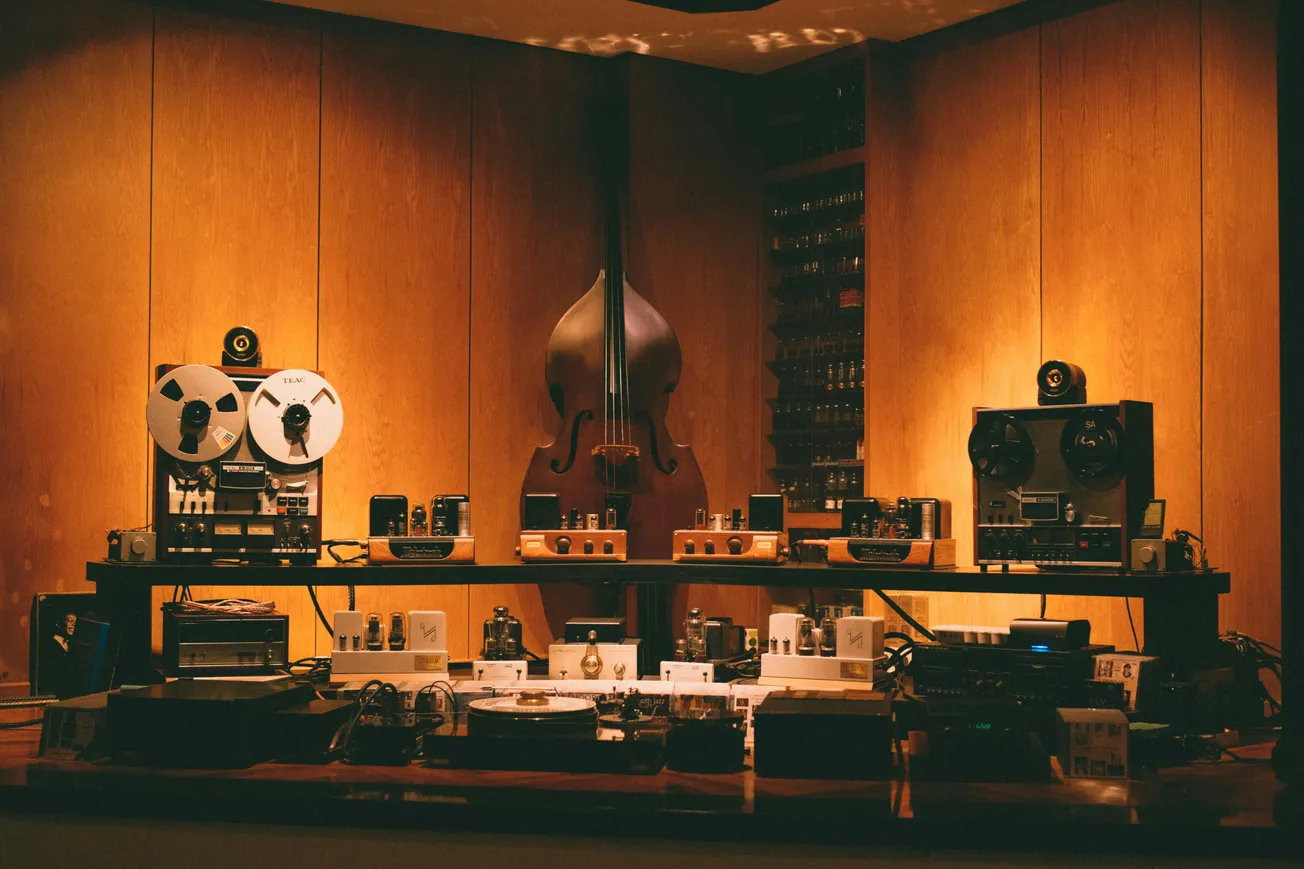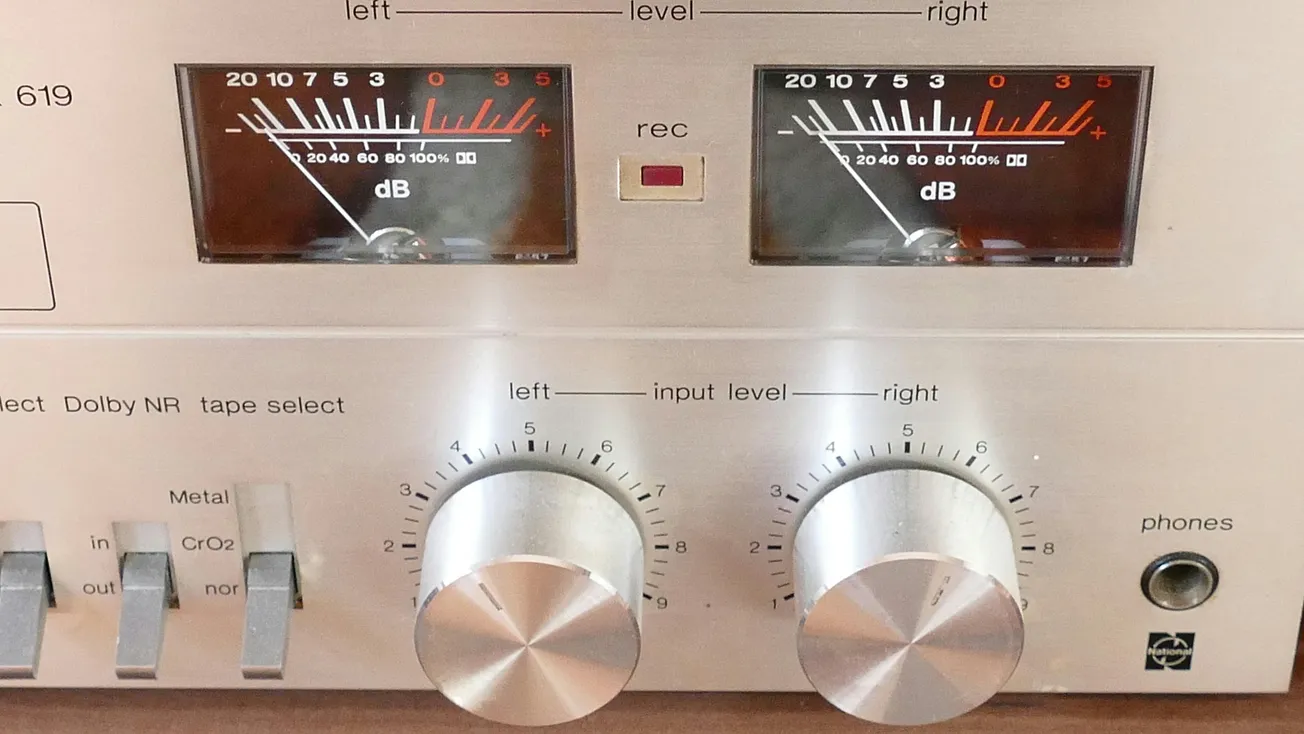In 2025, the podcast production landscape is being reshaped by a powerful force from the tech world – GPU audio tools. Once limited to gaming and video rendering, graphics processing units (GPUs) are now powering next-generation audio software for real-time effects, lightning-fast rendering and intelligent sound processing.
For podcasters looking to streamline workflows, improve audio quality and stay ahead of the competition, GPU-accelerated audio plugins offer a clear path forward.
Why GPU Audio Processing Matters
Traditional digital audio workstations (DAWs) rely on central processing units (CPUs) for processing tasks like EQ, reverb and noise reduction. But as demands increase, CPUs struggle with real-time performance, especially in complex podcast environments.
GPU-powered audio tools offer:
- Real-time processing with ultra-low latency
- Parallel computing for simultaneous multi-track effects
- AI audio tools like denoising, voice isolation and mastering
- Faster bounce/export times for podcast episodes
Key Tools Driving the GPU Audio Revolution
GPU Audio
A trailblazer in this space, GPU Audio provides a plugin SDK – or software development kit – that runs complex audio tasks directly on the GPU. Tools like Neural Amp Modeler and FIR Convolver deliver pro-level effects with nearly zero latency, according to Sound on Sound.
Sweetwater
As the largest audio equipment retailer, Sweetwater is expanding its catalog to include more GPU audio plugins, signaling increased demand from pro users and podcasters alike. Search terms like "GPU plugins podcasting" are growing in popularity on their site.
Shure
Known for legendary microphones like the SM7B, Shure is stepping into the GPU era with research and development into DSP-powered audio enhancements. This could lead to GPU-optimized features for Shure’s USB podcast microphones, including real-time noise reduction, AI vocal enhancement and spatial audio compatibility.
How Podcasters Can Use GPU Audio Tools
Boost Production Speed
GPU plugins reduce podcast editing time by accelerating exports and effects processing, even with large, multi-track sessions.
Enhance Audio Quality with AI
AI-powered tools like voice enhancement, background noise suppression and dynamic EQ run more efficiently on GPUs, helping podcasters achieve studio-quality sound without expensive gear.
Create Immersive Experiences
For storytellers and branded shows, spatial audio for podcasts is now accessible thanks to GPU-based 3D mixing tools. You can simulate rooms, environments or directional soundscapes that make content more engaging.
Getting Started with GPU-Powered Audio Plugins
To integrate GPU audio tools into your setup:
- Use Compatible Hardware: NVIDIA RTX, AMD Radeon or Apple M-series chips
- Install Supported Plugins: Try GPU Audio’s FIR Convolver or explore new listings on Sweetwater
- Watch for Shure Integration: Shure is testing DSP-ready mic platforms that may soon support GPU-driven effects natively
The Future: AI + GPU = Game-Changer for Podcasts
The fusion of AI audio tools and GPU acceleration is setting the stage for real-time audio mastering, interactive voice-driven podcasts and dynamic, listener-personalized audio content.
The rise of GPU audio plugins is not just a trend but a fundamental shift in how podcasts are produced. With real-time performance, AI capabilities and immersive sound now within reach, podcasters can create better content faster. Brands like Shure and Sweetwater are actively supporting this ecosystem, making 2025 the year to adopt GPU-powered tools in your creative workflow.










